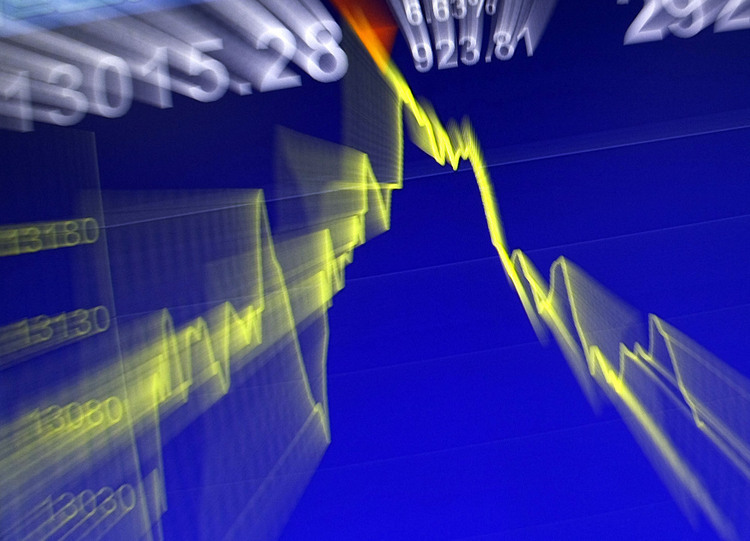
Oil rose after the biggest quarterly gain since 2009 as falling US supply added to speculation the global surplus is easing.
Futures gained 0.4 percent in New York, taking its advance for the week to 1.8 percent.
US crude supplies shrank a sixth week and production slipped to the lowest since September 2014, government data showed Wednesday. Prices climbed 26 percent in the three months through June. Saudi Arabia, the world’s largest crude exporter, cut all official selling prices for its crude sales to Asian and US clients in August.
Supply disruptions and falling US output have helped cut a global surplus and pushed prices up more than 80 percent since prices hit a 12-year low in February.
Both the International Energy Agency and the Organization of Petroleum Exporting Countries forecast that the market is heading toward balance as demand growth outpaces supply.
The decline in U.S. crude supplies “is certainly supportive,” David Lennox, a resource analyst at Fat Prophets in Sydney, said by phone. “But the market is waiting for real production cuts, and until that happens any strong rally in the oil price is just not going to be sustainable.”
West Texas Intermediate for August delivery increased 19 cents to $48.52 a barrel on the New York Mercantile Exchange at 7:58 a.m. London time. The contract fell $1.55, or 3.1 percent, to settle at $48.33 on Thursday. The total volume traded was about 56 percent below the 100-day average.
Brent for September settlement added as much as 41 cents, or 0.8 percent, to $50.12 a barrel on the London-based ICE Futures Europe exchange. The August contract, which expired Thursday, fell 93 cents, or 1.8 percent, to close at $49.68 a barrel. The global benchmark crude traded at a 78-cent premium to WTI for September.
US crude inventories dropped to 526.6 million barrels, the lowest since the week ended March 11, the Energy Information Administration said. Supplies climbed to an 87-year high of 543.4 million barrels in the last week of April. Production slipped by 55,000 barrels a day to 8.62 million last week, the EIA said.
State-owned Saudi Arabian Oil Co. lowered its official selling price for Arab Light crude to Asia by 40 cents to a premium of 20 cents a barrel above a regional benchmark, the company known as Saudi Aramco said in an e-mailed statement Thursday. Middle Eastern producers are competing with cargoes from Latin America, North Africa and Russia for buyers in Asia, its largest market.
Recommended for you
